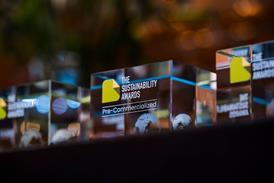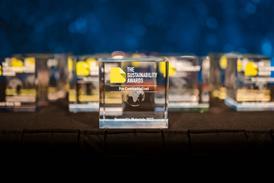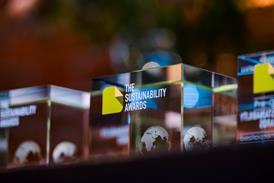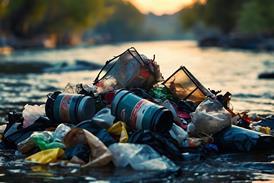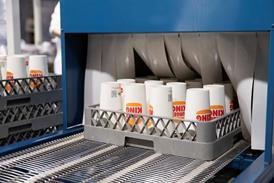Researchers convert captured biogenic CO2 into raw materials for plastics

Following a three-year carbon capture and utilization project, VTT and LUT University claim to have converted biogenic carbon dioxide from waste incineration and the forest industry into polypropylene, polyethylene, and other ‘high-value-added’ products.
ALREADY A REGISTERED USER? SIGN IN now
Subscribe (for free) to read this article
Become a subscriber to read this story, as well as other exclusive articles and interviews. The process is entirely free and takes no time at all.

